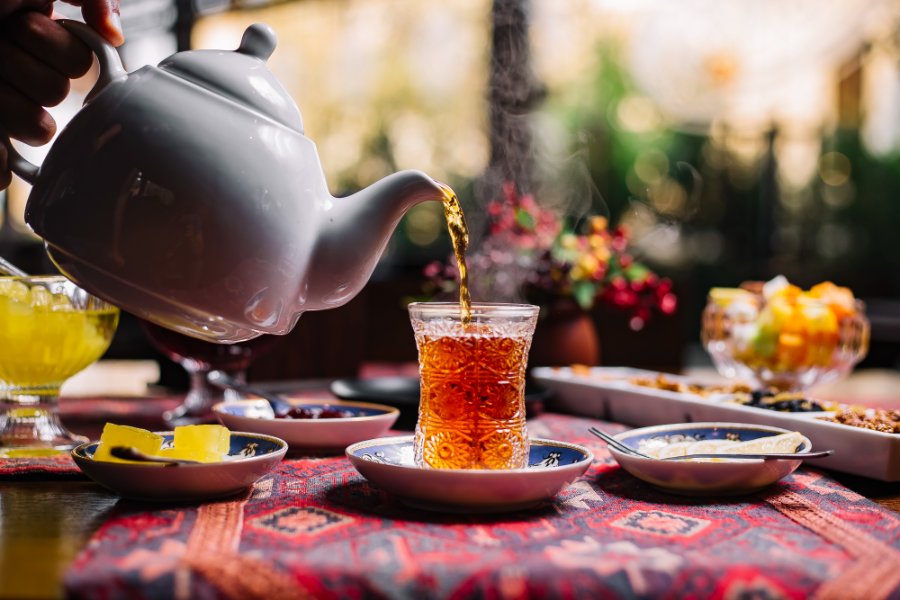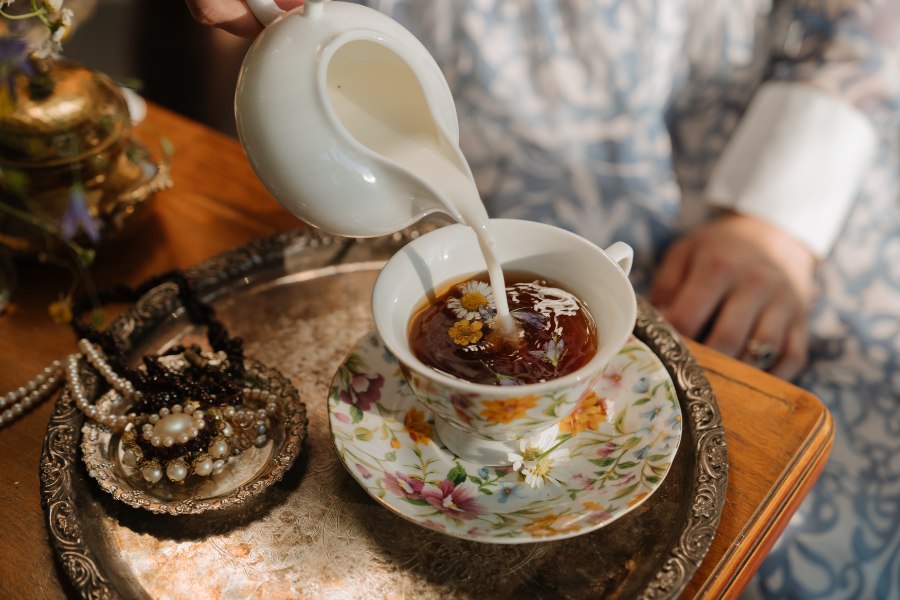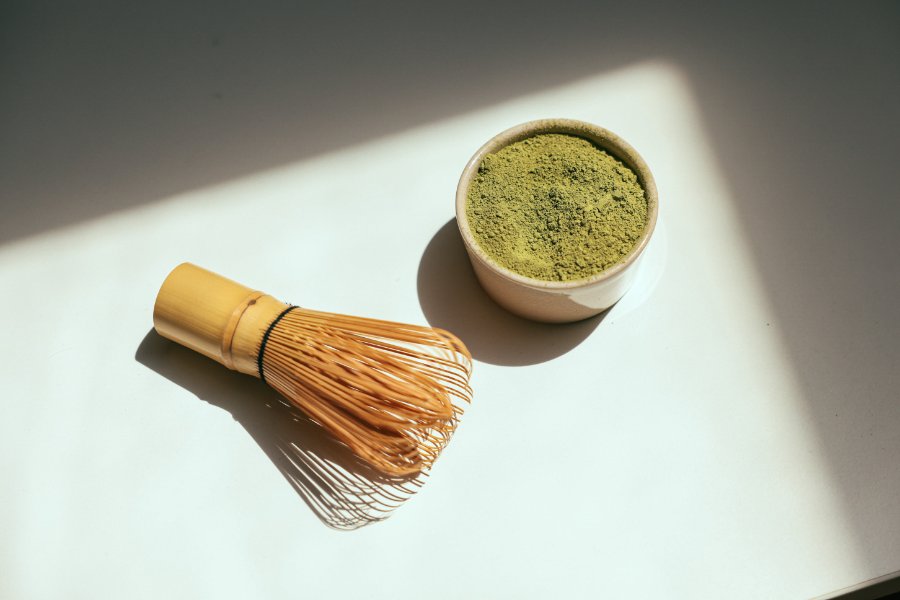
9 March, 2022 | Bon Tea Cafe Updated 2022
What Is Earl Grey Tea: Health Benefits, Uses, And Side Effects
Earl Grey tea is one of the well-known teas worldwide. And it's been praised for its several health benefits, ranging from cardiovascular to digestive.
It has a fascinating history as a crossroads between the Western Empires and the Far East.
Earl grey is distinguished by its blend of bergamot and black tea.
The zesty tastes make this tea a treat to drink both in the morning and at night. It is famously linked with royals and is a fixture at high-profile occasions like head-of-state summits.
Learn what makes Earl Grey tea unique, including the health benefits, side effects, and uses.
Let’s begin.
What Is Earl Grey Tea?
Earl Grey is a flavored tea with bergamot orange infusion. True tea leaves are infused or combined with fruit, herbs, flowers, or spices to create flavored teas. Earl Grey tea is made by drying the bergamot orange rind and mixing it with black tea leaves.
In some mixtures, bergamot oil derived from the rind is also used. For example, Earl Grey is traditionally made using black tea leaves, although it can also be made with green or oolong tea leaves.
Italy, Calabria, and sections of France cultivate bergamot oranges. In appearance, the fruit resembles limes more closely. Bergamot oranges have a flavor that is a combination of citrus fruits.
It resembles a cross between an orange and lime in appearance. But it tastes more like lemon or grapefruit or flavor. The bergamot orange tree crosses between the Southeast Asian lemon tree and the Seville orange tree.
Top 7 Earl Grey Tea Benefits

1. Earl Grey Tea Boosts Immune System
The bergamot oil in the tea has been shown to help the immune system work better. That's because bergamot's antioxidants fight damaging free radicals.
Free radicals are hazardous by-products of oxygen metabolism that can cause severe damage to our system by producing oxidative stress. The antioxidants in tea help to alleviate stress. They also combat infections, fevers, and other long-term illnesses.
2. Helps In Loss Of Weight
While regular physical activity and a nutritious diet are the only ways to lose weight, earl grey tea boosts your metabolism and helps you lose weight quickly. Earl Grey tea's citrus ingredient is thought to regulate metabolic processes and boost energy consumption, both of which help you lose weight.
3. Heart Health Is Improved
One of the earl grey tea benefits is improving your heart health. Earl Grey tea is abundant in antioxidants, suitable for the heart, and helps avoid severe cardiovascular problems, including heart attacks and high blood pressure.
These antioxidants help to clear plaque from the arteries and the heart. They also work to prevent cell damage caused by oxidative stress. When consumed regularly, Earl Grey tea lowers LDL cholesterol.
4. It Assists You In Staying Hydrated
Earl Grey is a fantastic substitute for plain old water. Because it's infused in water, you'll get the same amount of water as if you drank an 8-ounce glass of water. The zesty and malty flavors are excellent.
To maintain the low-calorie quality of this beverage, keep sugar additives like cane sugar and honey to a minimum.
5. Earl Grey May Help Fight Cold
Tea has long been used as a traditional cold remedy. Earl grey tea has antiviral components that make you stronger from the inside out. In addition, bergamot's immunity-boosting properties help protect our bodies from viruses that cause flu, colds, and other diseases.
6. May Help Enhance Digestion
Earl Grey has anti-inflammatory qualities that can aid with stomach issues like bloating and constipation. When stomach muscles are tightened, the tea helps to relieve cramps. When taken before boarding a boat or plane, it helps to reduce nausea.
7. Helps Lowers Cholesterol Levels.
Another essential advantage of bergamot is that it can lower harmful cholesterol levels. Cholesterol levels that are controlled can help protect your heart from plaque buildup and blockages while improving blood flow.
Side Effects Of Earl Grey Tea
While earl grey is generally regarded safe for healthy people, excessive intake may pose some dangers.
A case study linked bergamot tea consumption to muscle cramps and blurred vision, symptoms that could be linked to a component in the tea that prevents potassium absorption
However, the person in this study drank more than 16 cups (4 liters) of tea every day, far more than most individuals consume.
Tea also includes tannins, which can prevent iron from being absorbed by the body. If you drink tea regularly and are concerned about your iron levels, try drinking it in between meals to help your body absorb more iron from your food.
Finally, because most bergamot teas contain caffeine, reduce your intake if you suffer jitters, anxiety, or other negative effects. You can also choose to drink decaf coffee.
Does Earl Grey Tea Have Caffeine?
Before we answer, here's what you should know. First, Earl Grey tea is a black tea, and when people talk about tea, they usually mean black tea.
White tea and green tea are both prepared from the leaves of the Camellia sinensis plant. However, black tea is made from the leaves of different kinds of the same plant.
Because black teas are oxidized longer before being dried, they have more caffeine than green or white teas. In addition, black teas become darker as they oxidize longer, which is why they have a more robust flavor than other forms of tea.
3 Factors Affect The Caffeine Content

Caffeine content is affected by three primary factors:
Tea Plant Types: The tea plant comes in two varieties. In comparison to the Chinese type, the Assam variety has higher caffeine. The caffeine content of earl grey tea is mainly determined by the type of black tea, including other tea used and where and how it was grown.
Tea Leaves Per Cup: The stronger your tea tastes and contains more caffeine, the more tea leaves you need per cup of water.
Steeping Time: According to a 2008 study, steeping your tea for extended periods causes more caffeine to dissolve into the water, potentially increasing the caffeine concentration by up to 50%.
Keep in mind that earl grey is made by mixing different black teas, according to numerous brands., making estimating the caffeine content more difficult.
The tea is sometimes flavored with bergamot peel. Because the bergamot peel doesn't contain caffeine, reducing the overall quantity of caffeine per gram of loose leaf tea.
So does earl grey tea have caffeine? It depends on the type of earl grey drink you choose. If you don't want caffeine, you can go with herbal grey, naturally caffeine-free.
Conclusion
Only natural oils and high-quality loose leaf tea should be used in the best earl grey tea. Tea makers used scenting and flavoring to improve the flavor of lower-quality tea leaves at first. Scenting and flavoring is now a true art form, in which both the tastes and the base tea are essential. Premium quality tea leaves produce a richer, more pleasant, and healthier scented tea. When you use unbroken leaves, you get a more delicate cup with many flavor nuances. Broken leaves, fannings, and dust, on the other hand, will provide a stronger cup.





